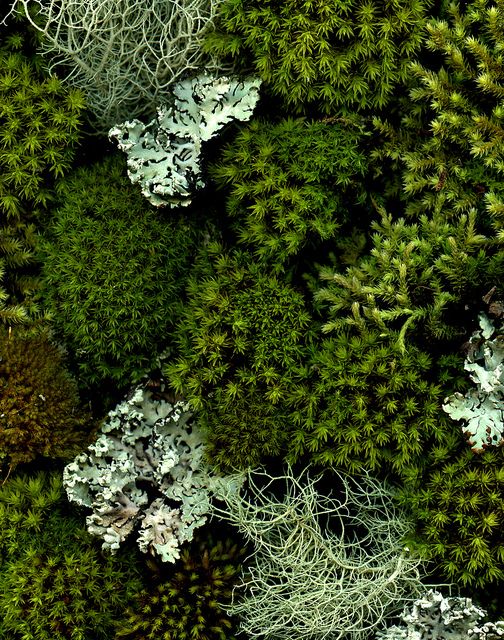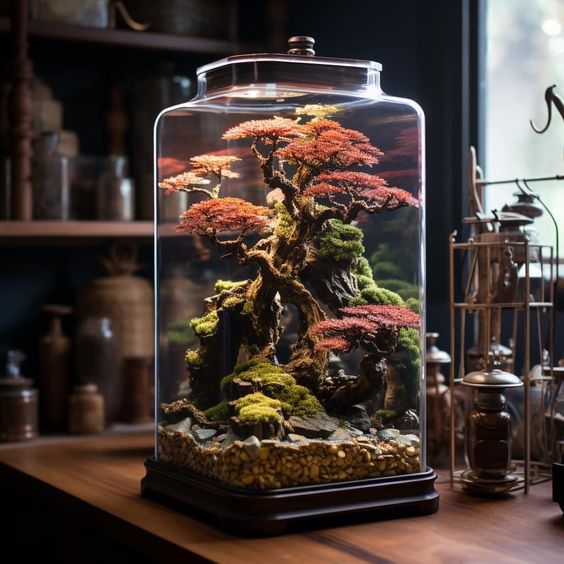1. Adequate Ventilation: Ensure proper air circulation within the terrarium by allowing some space for fresh air. Open the lid periodically to let excess moisture escape, preventing mold growth.
2. Well-Draining Soil: Use well-draining soil to maintain optimal moisture levels. Excess water in the soil can create a breeding ground for mold, so choose a mix that promotes efficient drainage.
3. Controlled Watering: Avoid overwatering your terrarium. Water only when the soil feels slightly dry, and use a spray bottle for precise, controlled watering to prevent creating a waterlogged environment.
4. Monitor Humidity Levels: Keep an eye on the humidity levels inside the terrarium. If it’s consistently high, consider opening the lid more frequently or moving the terrarium to a less humid location.
5. Use Distilled Water: Opt for distilled water instead of tap water, as it lacks the minerals that can contribute to mold growth. This simple switch can make a significant difference in preventing mold in your terrarium.
6. Proper Light Exposure: Ensure your terrarium receives the right amount of indirect sunlight. Mold thrives in dark, damp conditions, so providing adequate light helps deter its growth.
7. Remove Dead Plant Material: Regularly inspect and remove any dead or decaying plant material. Mold tends to develop on organic matter, and keeping the terrarium clean helps prevent the onset of mold.
8. Add Activated Charcoal: Include a layer of activated charcoal in the terrarium. Activated charcoal helps absorb excess moisture and reduces the risk of mold while also preventing unpleasant odors.
9. Keep Terrarium Clean: Wipe down the inside of the glass and any decorative elements regularly to remove dust and potential mold spores. A clean environment is less conducive to mold growth.
10. Quarantine Affected Areas: If you notice mold in a specific area, isolate it by placing the affected plants in quarantine. This prevents the spread of mold to other parts of the terrarium while allowing you to address the issue.





